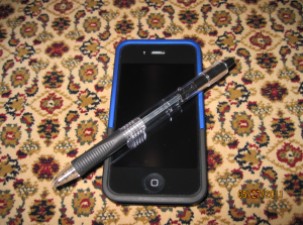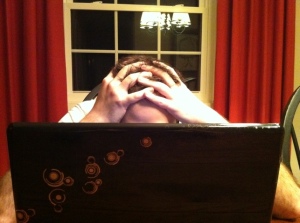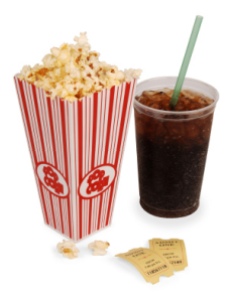This week we review an essay from humorist David Bouchier, a blog post from Clay Morgan at eduClaytion.com, and a column from Leanne Shirtliffe that was published in the Calgary Herald.
David Bouchier is an award-winning essayist for National Public Radio and author. Originally from England, he relocated to New York’s Long Island, in search of, I imagine, more traffic. His humor column “Out of Order” appeared in the regional Sunday edition of the New York Times for ten years until 2003. The Song of Suburbia, a collection of humorous vignettes about trying to make it in the suburbs, is ever at my side.
David Bouchier’s writing is polished, lively, and funny, and he regularly treats the public to a featured essay on his website. His most recent such piece, The Anxious Traveler (May 27), highlights the comic irony of our oppression by the very means of travel that were designed to empower us, a topic near and dear to my heart.
Our next piece comes from Clay Morgan via his website, eduClaytion. Clay is a writer, professor, and speaker from Pittsburgh, Pennsylvania. He has a particular interest in using pop culture references to reach a generation of students that are often considered unreachable, as Clay explains in this guest post that appeared on Lessons From Teachers and Twits. His ebullience is part and parcel of his work, and every visit to eduClaytion puts me in a good mood.
This week, Clay writes a touching and funny memoir of “Macho Man” Randy Savage, a professional wrestler who brought life to the World Wrestling Federation from 1985 to 1994, and whose own life ended on May 20th when he suffered a heart attack while driving his truck and crashed into a tree. Clay’s prose resurrects those gladiators in colorful briefs, sparring with metal folding chairs, and catapulting off the ropes onto their supine adversaries’ glistening chests and faces.
I saw the moves all over again: the body slam, the pile driver, the back body drop, the airplane spin, the gorilla press gutbuster. Was it honest athletic competition, or staged entertainment? Either way, I was glad it happening on the television instead of in my living room.
And last, but not least, comes a piece from Leanne Shirtliffe, who blogs at IronicMom.com about her misadventures raising twins. Her work will bring a laugh if you have children, or even if you don’t have children but have seen examples of them on television. Her article titled “Water, kids, and failed experiments” (Calgary Herald, May 26) is about keeping your cool when your child discovers the garden hose.
What is it with kids and hoses? Sigmund Freud had an explanation, but this blog is geared towards a general audience. Leanne wisely ignores the psychology, and takes her child’s fascination with aplomb and humor; a lesson in parenting, and a lesson in writing.
And that’s a wrap. Enjoy the weekend.








